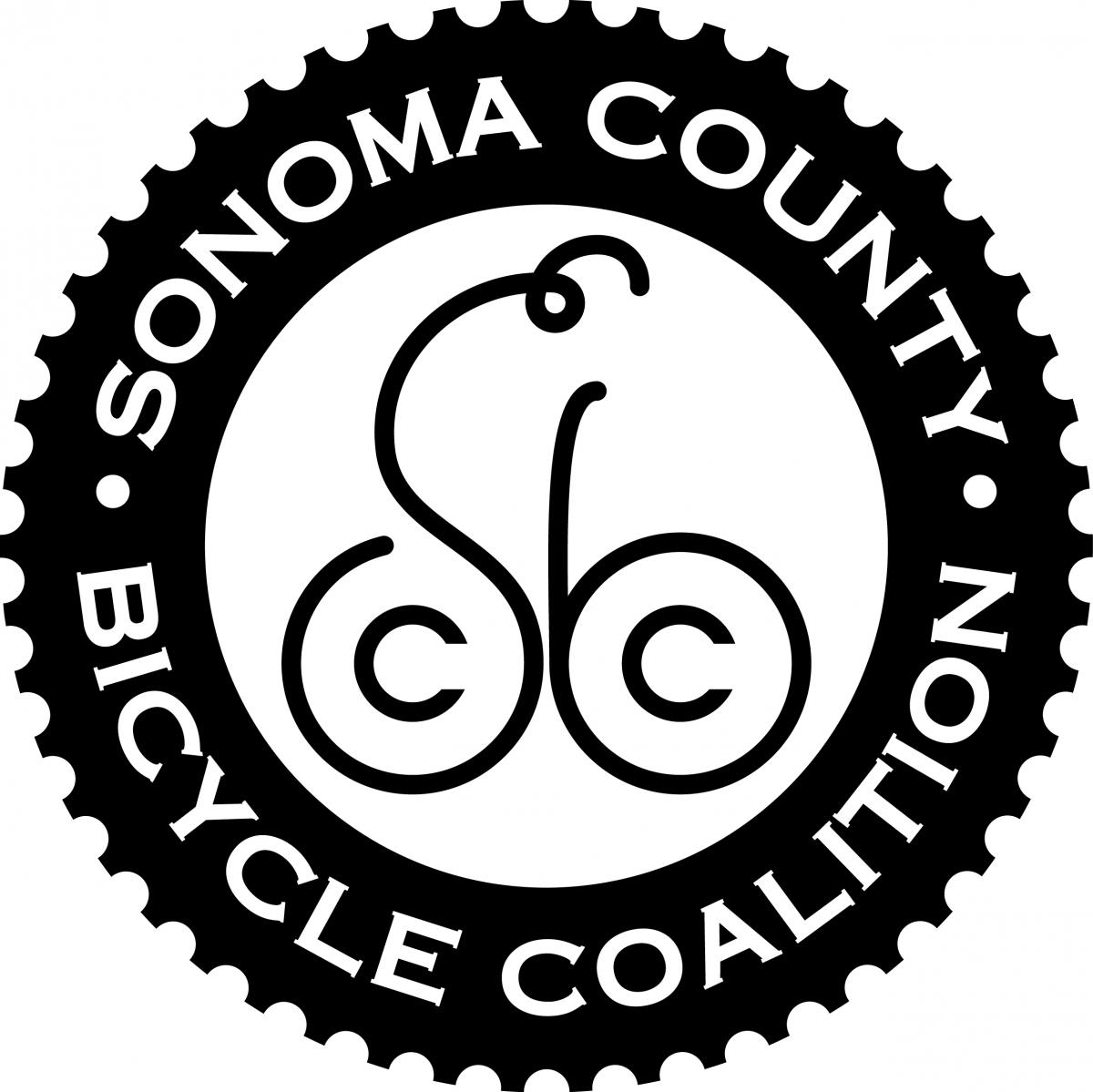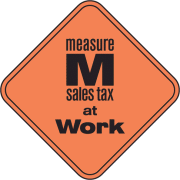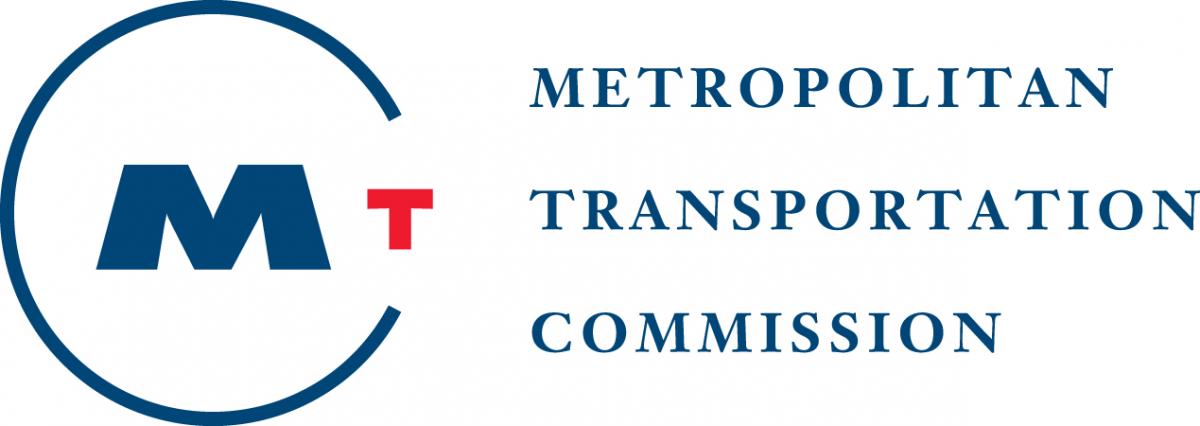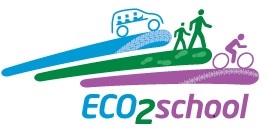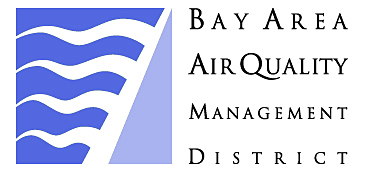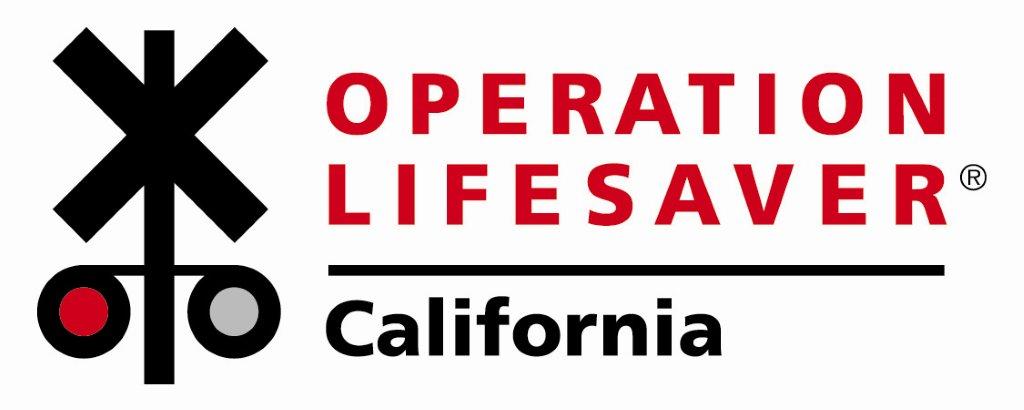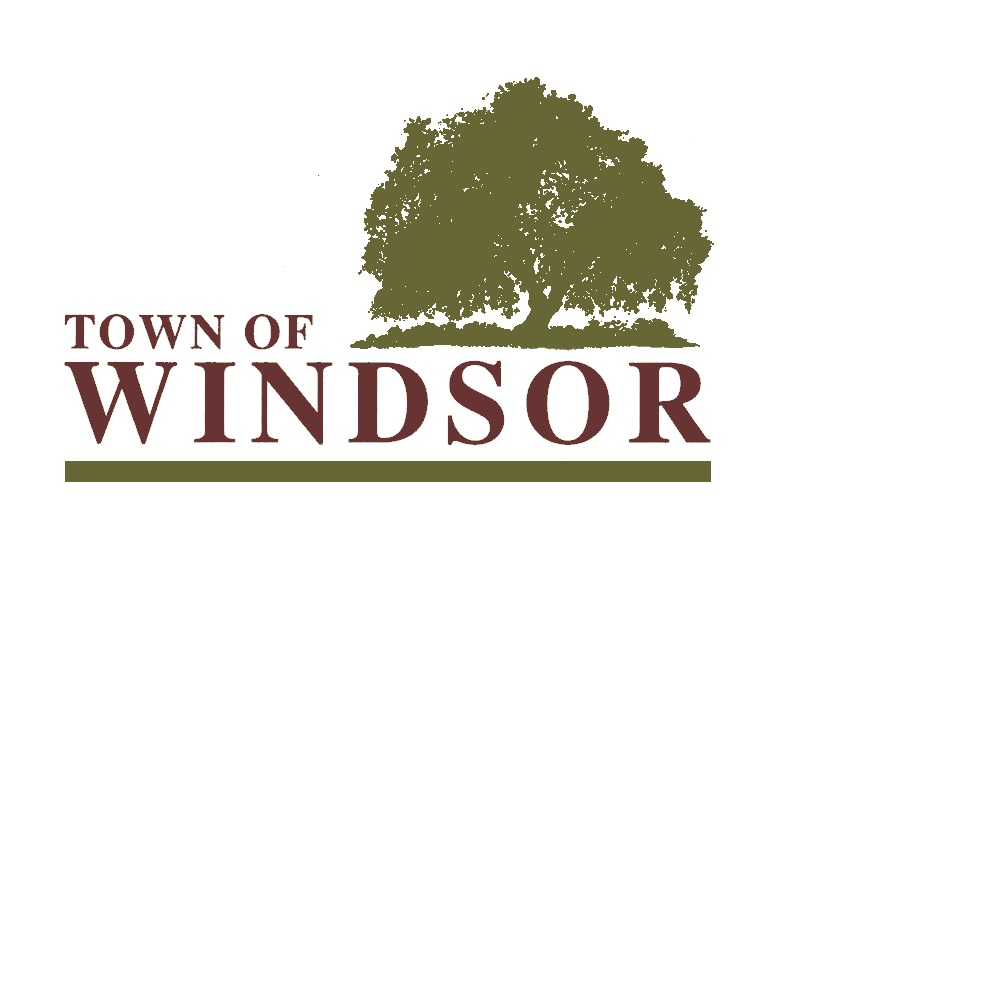Safe Routes to School Policy
Institutionalizing Safe Routes to School Programs in a school and district is one way to help ensure that your program is sustainable, regardless of parent, staff, and administrative turnover. One place where it makes good sense to include policy supportive of active and alternative transportation is in a district wellness plan. Below are some resources to check out when considering adding supportive language to your district wellness plan:
Incorporating Safe Routes to School into Local School Wellness Policies: This white paper developed by CA4Health and ChangeLabSolutions includes model wellness policy language addressing walking and biking to school.
Safe Routes to School District Policy Workbook: An online tool designed to help school board members, administrators, families of students, and community members create and implement policies that support active transportation [1] and Safe Routes to School programs. The workbook will walk you through a series of policy options to help you build your own customized Safe Routes to School policy, which you can download and use in your community.
Sonoma County SRTS Wellness Policy Language: The Sonoma County SRTS program developed this language in collaboration with several districts who we supported in updating Wellness Policies in support of safe, active transportation.
California School Board Association Sample Wellness Policies (includes language about Safe Routes to School)
Sustainability
While incorporating supportive policies into school wellness or other policy documents is helpful, sustaining programs that encourage and educate families to utilize active transportation requires committment from school staff, administration, and parents. Utilize the following "Sustainability Form" to considering component of your Safe Route to School program and determine what may be sustained from one year to the next:

